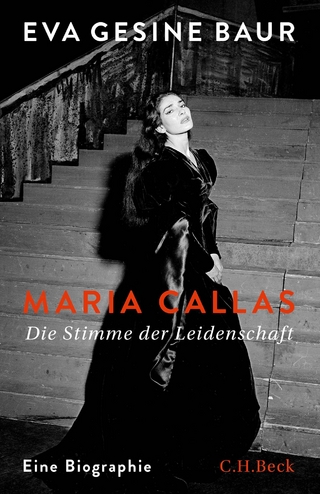
Inventing the Opera House
Theater Architecture in Renaissance and Baroque Italy
Seiten
2018
Cambridge University Press (Verlag)
978-1-108-42174-4 (ISBN)
Cambridge University Press (Verlag)
978-1-108-42174-4 (ISBN)
This book about the invention of the opera house, a building type of world-wide importance, treats its subject in interdisciplinary ways that involve music, art, theater, politics, and renaissance studies. Its careful scholarship is for specialists, while its clear, lively prose is for general readers. It is the only work in English on the subject.
In this book, Eugene J. Johnson traces the invention of the opera house, a building type of world wide importance. Italy laid the foundation theater buildings in the West, in architectural spaces invented for the commedia dell'arte in the sixteenth century, and theaters built to present the new art form of opera in the seventeenth. Rulers lavished enormous funds on these structures. Often they were among the most expensive artistic undertakings of a given prince. They were part of an upsurge of theatrical invention in the performing arts. At the same time, the productions that took place within the opera house could threaten the social order, to the point where rulers would raze them. Johnson reconstructs the history of the opera house by bringing together evidence from a variety of disciplines, including music, art, theatre, and politics. Writing in an engaging manner, he sets the history of the opera house within its broader early modern social context.
In this book, Eugene J. Johnson traces the invention of the opera house, a building type of world wide importance. Italy laid the foundation theater buildings in the West, in architectural spaces invented for the commedia dell'arte in the sixteenth century, and theaters built to present the new art form of opera in the seventeenth. Rulers lavished enormous funds on these structures. Often they were among the most expensive artistic undertakings of a given prince. They were part of an upsurge of theatrical invention in the performing arts. At the same time, the productions that took place within the opera house could threaten the social order, to the point where rulers would raze them. Johnson reconstructs the history of the opera house by bringing together evidence from a variety of disciplines, including music, art, theatre, and politics. Writing in an engaging manner, he sets the history of the opera house within its broader early modern social context.
Eugene J. Johnson is Amos Lawrence Professor of Art History at Williams College, Massachusetts.
1. Ferrara and Mantua, 1486–1519; 2. Rome 1480s–1520; 3. Early theaters in Venice and the Veneto; 4. Sixteenth-century Florence, with excursions to Venice, Lyon and Siena; 5. Early permanent theaters and the commedia dell'arte; 6. Theaters in the ancient manner and Andrea Palladio; 7. Drama-Tourney theaters; 8. Ferrara, Parma, and theaters of Giovanni Battista Aleotti; 9. Seventeenth-century theaters in Venice: the invention of the opera house; 10. Seventeenth-century theaters for comedy and opera; 11. Teatro di Tordinona in Rome, Queen Christina of Sweden, and Carlo Fontana.
| Erscheinungsdatum | 01.08.2018 |
|---|---|
| Zusatzinfo | Worked examples or Exercises; 63 Plates, color; 126 Halftones, black and white; 6 Line drawings, black and white |
| Verlagsort | Cambridge |
| Sprache | englisch |
| Maße | 185 x 262 mm |
| Gewicht | 1030 g |
| Themenwelt | Kunst / Musik / Theater ► Musik ► Klassik / Oper / Musical |
| Technik ► Architektur | |
| ISBN-10 | 1-108-42174-1 / 1108421741 |
| ISBN-13 | 978-1-108-42174-4 / 9781108421744 |
| Zustand | Neuware |
| Haben Sie eine Frage zum Produkt? |
Mehr entdecken
aus dem Bereich
aus dem Bereich


